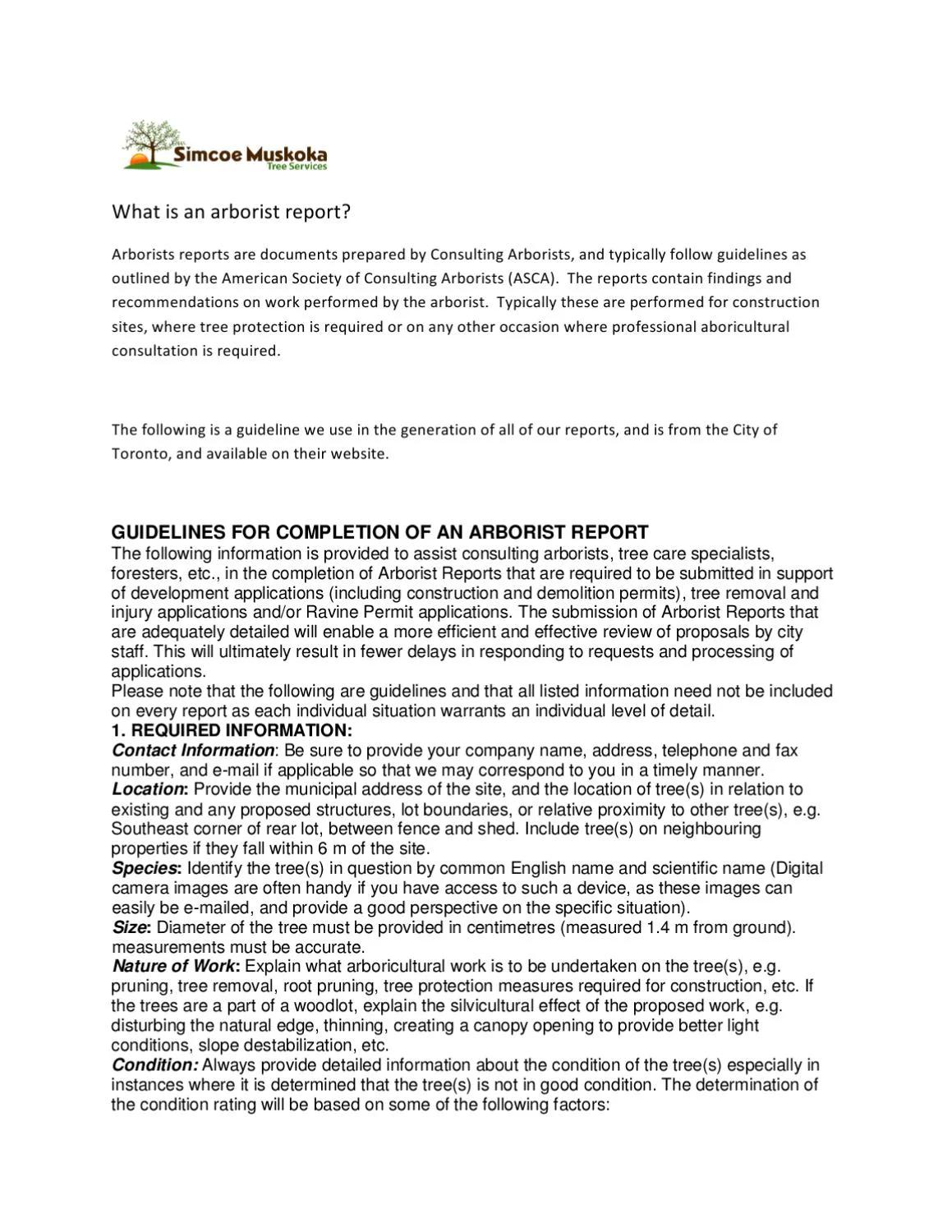Arborist reports are a crucial tool for assessing the health and condition of trees within a landscape. These detailed reports provide crucial information to property owners, land managers, and municipalities to ensure the proper care and maintenance of trees. Understanding the importance and components of arborist reports is essential in promoting the health and longevity of trees in any environment.
Arborist reports play a vital role in assessing the health of trees and providing valuable insights for effective tree maintenance. These reports cover key components such as tree species, age, size, condition, structural integrity, and potential risks. By analyzing these factors, arborists can identify any existing issues, recommend necessary interventions, and outline a plan for ongoing care.
Regular arborist reports offer numerous benefits for tree maintenance, including early detection of diseases, pests, or structural weaknesses that could compromise the health and stability of the tree. By receiving professional recommendations based on these reports, property owners can make informed decisions about pruning, fertilizing, or removing trees to enhance overall landscape health and safety. Understanding the role of arborist reports in tree care management is essential for promoting the longevity and well-being of trees in residential, commercial, or public spaces.
Q&A
Q: What is an arborist report and why is it important for tree health assessment?
A: An arborist report is a detailed evaluation of a tree’s health, structure, and potential risks conducted by a certified arborist. It is essential for identifying issues such as disease, pests, structural weaknesses, and potential hazards.
Q: Who should obtain an arborist report?
A: Property owners, landscapers, developers, and municipalities should all consider obtaining arborist reports to ensure the health and safety of their trees.
Q: What information is typically included in an arborist report?
A: An arborist report typically includes information on the tree species, overall health, structural integrity, any issues identified, recommended actions, and a maintenance plan.
Q: How often should arborist reports be conducted?
A: Arborist reports should be conducted on a regular basis, with frequency depending on the age, species, location, and condition of the trees in question. Generally, it is recommended to have assessments done every 1-3 years.
Q: Can arborist reports help prevent tree-related accidents?
A: Yes, arborist reports can help identify potential hazards and risks associated with trees, allowing for preventive measures to be taken to reduce the likelihood of accidents such as falling branches or tree failures.
Q: How can property owners find a qualified arborist to conduct an arborist report?
A: Property owners can find qualified arborists by checking for certifications from organizations such as the International Society of Arboriculture or the Tree Care Industry Association, as well as asking for referrals from other professionals in the industry.
Conclusion
arborist reports play a crucial role in assessing the health of trees and ensuring their long-term well-being. Through detailed analysis and recommendations, arborists help property owners make informed decisions about the care and maintenance of their trees. By prioritizing regular assessments and following the guidance provided in arborist reports, individuals can promote the vitality and longevity of their trees, ultimately contributing to a healthier and more sustainable environment. To learn more about the importance of arborist reports and how they can benefit your property, consult with a qualified arborist today.
Simpsons Tree Services, Servicing Melbourne’s North Eastern Suburbs
Book a quote online at www.simpsonstrees.com.au




